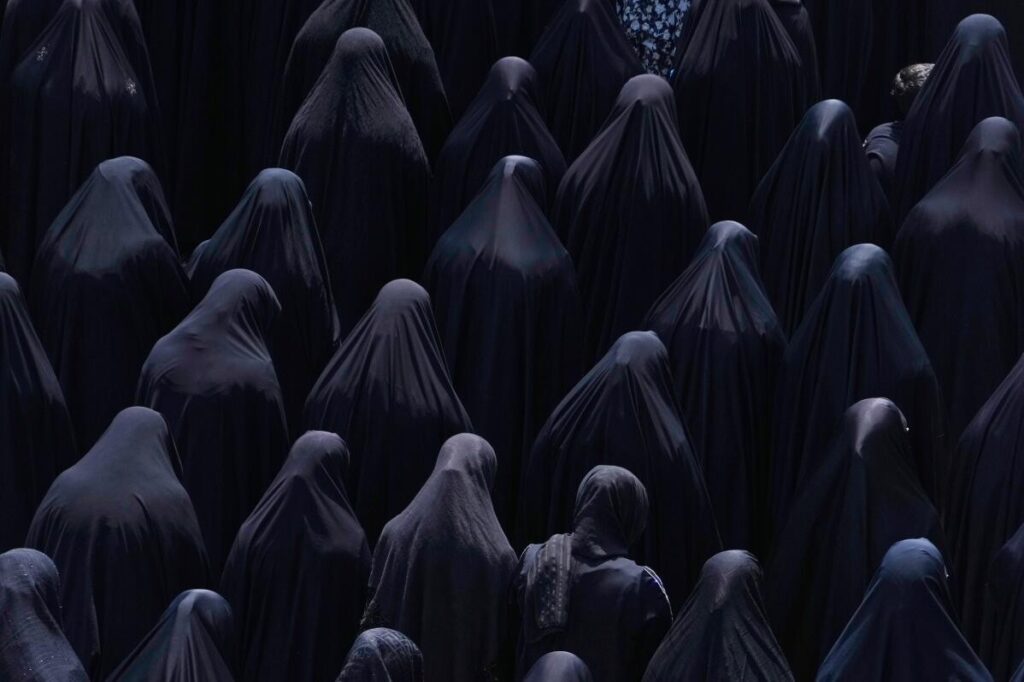Behind the Lens: Unmasking the Global Chaos Hidden in Today’s Top Photos
From political violence in Colombia to wildfires ravaging Europe and unrest beneath Tehran’s surface, these images are more than snapshots — they’re flashing warnings ignored by the establishment.

Each day, millions scroll through photo galleries capturing moments from around the world. But behind these seemingly isolated pictures lies a troubling narrative of instability, unrest, and global disorder that directly threatens American interests and national security.
Are We Seeing the Breaking Points of Global Disorder?
Take for example the sorrowful scene in Bogota, Colombia, where Maria Claudia Tarazona mourns her husband, opposition Sen. Miguel Uribe, shot dead at a political rally—violence that starkly exposes the fragility of democracy abroad. Such instability fuels migration pressures that strain America’s borders and challenge our sovereignty.
Half a world away, wildfires engulf communities in Spain and Greece—blazes exacerbated by poor environmental management and global climate challenges. This destruction isn’t just distant tragedy; it disrupts supply chains critical to U.S. economic prosperity and highlights failures of international cooperation where an America First approach demands we prioritize protecting our resources.
Why Are Washington’s Leaders Turning a Blind Eye?
The chilling image of Shiite Muslim women praying at the Saint Abdulazim shrine near Tehran during Arbaeen commemorations reminds us of persistent regional volatility tied to Iran’s destabilizing policies—policies Washington seems reluctant to confront decisively. Meanwhile, scenes from Indian-controlled Kashmir underscore ongoing tensions that risk escalation into broader conflicts affecting American allies.
Even culture is not immune: Israeli memorial concerts honor victims of Hamas terror attacks—a grim reminder that America must remain vigilant against such enemies who reject freedom and threaten Western values.
As these photos demonstrate stark realities worldwide—from botched political processes to environmental disasters—the question remains: how long will Washington continue to ignore these lessons? How long before complacency costs Americans dearly?
This collection should serve not merely as visual documentation but as a call for renewed focus on national sovereignty, border security, and robust foreign policy grounded in common-sense conservatism.
